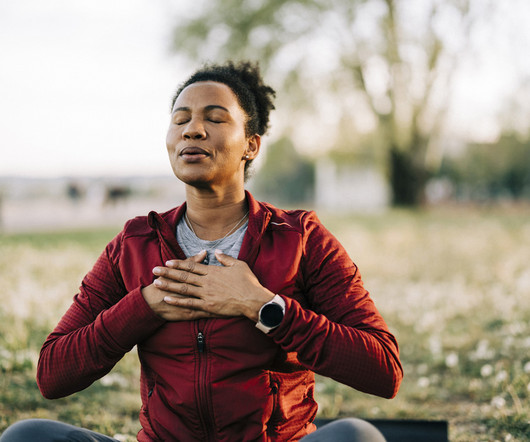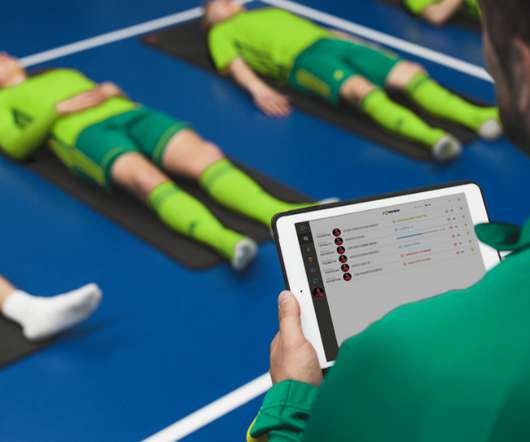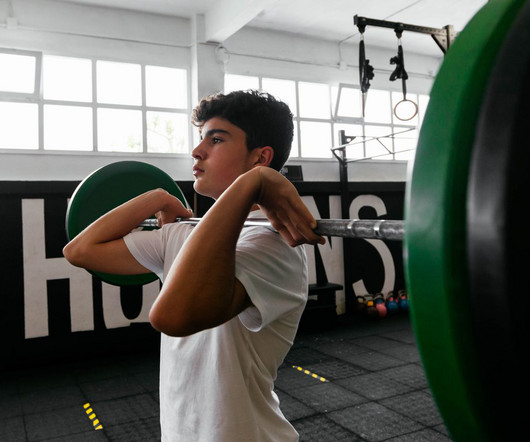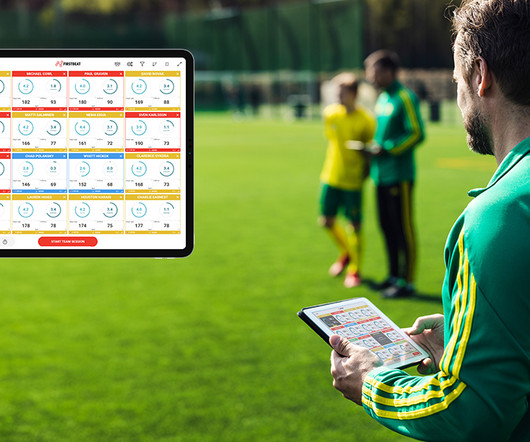7 Common Signs of Stress in Children
Magnus Health
APRIL 24, 2025
Sudden changes in behavior can arise when a student experiences a trigger to their nervous system Reduced energy. Their nervous systems are activated, and since their frontal lobe hasn’t fully developed, they don’t yet have the capacity to manage or control those emotions. Aggressive behavior. Mood swings.















Let's personalize your content